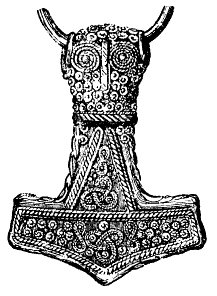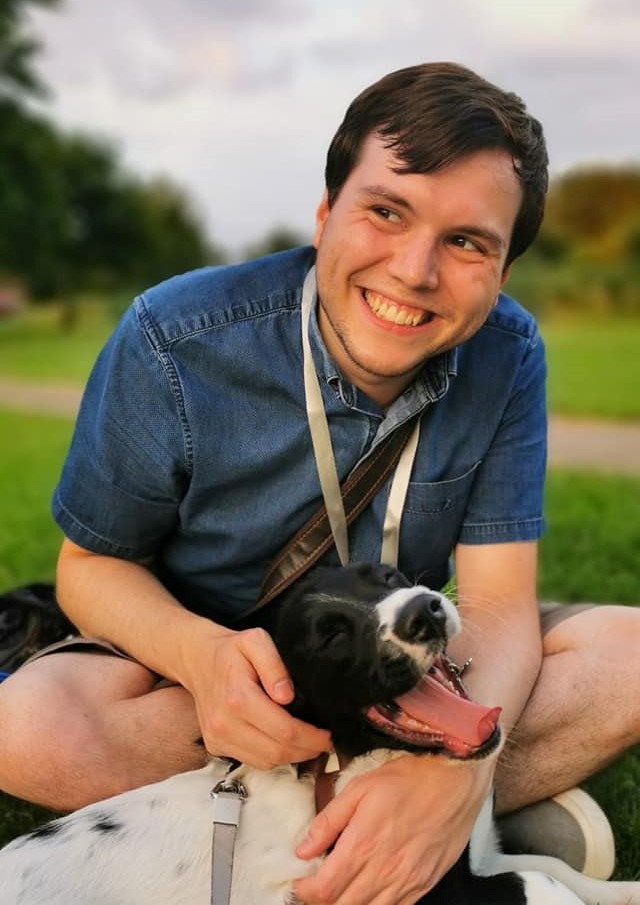In previous blog posts, I’ve gone over how the roleplaying games I’ve played have inspired the way in which my novel’s fantasy universe works. These past two weeks I was writing the chapters which introduce another magical tool into the mix: summoning. If you look at anything from Final Fantasy to Bayonetta to the Tales Of series to Persona ; the idea of summoning is deeply entrenched in these fantasy worlds. After all, who doesn’t love huge, powerful creatures decimating the battlefield every now and again?
So, the main questions that I needed to deal with were:
- How is this summoning system going to work? What are the limitations?
- Who is going to be able to summon?
- What are these summons going to be based on?
This cutscene from Final Fantasy XIII will never not be cool, and it serves as a good representation of the fluidity with which I want my summons to be used.
Despite the fact that most summons in video games focus on ultra-powerful final attacks, there are numerous instances of summons fighting alongside their summoner (Persona, Final Fantasy X and XIII). Outside of the constraints of a video game, it doesn’t make sense for the summoner to cease fighting when the summon is on the battlefield; so I felt that style of summon in Persona/FFXIII worked the best. In spite of all the problems I have with Final Fantasy XIII, the way its summons (called Eidolons) work (bar the transformation sequences) seems to have the closest thematic and functional resonance to the idea I had developed.
Lightning summoning Odin in Final Fantasy XIII
The Eidolons are summoned when a character is in deep despair and once they are defeated they can be summoned. When a character calls upon their Eidolon, the creature appears and fights alongside the summoning party member while other members temporarily leave. However, the Eidolon can only remain on the field until the SP gauge runs out (depleting with time and damage). There’s an extra thing called Gestalt Mode where the Eidolon can transform and launch a powerful attack. Each character has their own unique Eidolon, and each resonates with who they are as a person.
When I wrote the first draft of my novel I had called my summons Aestyrs, because that sounded like a fun mystical word. On coming back to the name, I felt I needed something that had its roots in medieval or Norse culture; something that would link to the Norse myths and the air of the medieval romance that I’m trying to achieve. I eventually came upon the word Varðr, an old Norse word which means ‘guardian’. I desperately want to retain the ð (an old letter called Eth, which is essentially either a ‘th’ or a ‘d’ in contemporary English), but I suspect that I’ll have to remove it at some point down the line. Thinking about the fact that the Inheritance Cycle inspired me to write, I wonder whether the Varden in that story have some roots in the same word. The use of this old Norse word also allows me to make use of the idea of a guardian angel coming to the summoner in a time of great need. So with that, I have my name, I have the need for all of my main cast to have summons, and I have them first appearing in moments of great danger; so what are the limitations?
At present the best limitation I can go for is mana (the magical life-force of the world). I’ve already laid out in my novel that should a person run out of mana then they put themselves into a near fatal position. So to prevent these summons from being the go-to solution for a battle, they require a large amount of mana to summon and then a consistent level of mana to sustain their presence in the battlefield. As the characters grow stronger, they’ll be able to make use of their summons for longer but there will always come a point when they have to stop using them or risk death.
So that leaves me with what my summons will be based on and this is where I get to have a lot of fun with my mythological references and connections. To keep at least some of the mystery surrounding these summons in the novel, I’m only going to talk about three of them here. Still, it should give you a good look at where I’m heading with this idea.


LEFT: A pendant of Mjolnir. (Source)
RIGHT: A golden dragon that looks something akin to the design I have for this summon. (Source)
Since Hideki is so wrapped up in the heart of the narrative, and due to his beginnings in Helheim; it made sense to me for his summon to be Norse based. So, what should the hero wield in battle? Mjolnir. Thor’s Hammer. But, obviously that’s a bit of a rubbish summon so how to make that more interesting? Since the kingdom where the story takes place is so dragon oriented, why not make Mjolnir a thunder dragon? And so that’s what he’s ended up with. He’s one of the few summons that hasn’t changed a bit since his first inception, and I can’t wait to send him a little more firmly into battle.


LEFT: The Shinto Sun Goddess, Amaterasu, emerging from a cave. (Source)
RIGHT: A phoenix of the type of design I’m working with for this summon. (Source)
So, if Hideki gets the Norse side of the inspiration, it’s only right for Rosalina to receive the Japanese roots. One of the most important figures in Japanese myth is Amaterasu, the sun goddess; and due to my love of the game Ōkami, I could think of no better figure for Rosalina’s summon. While the goddess herself is normally depicted in human form, Ōkami presented her as a wolf. Since I wanted to have the fiery sun element present in the creature that would take the sun goddess’ name, I settled upon the phoenix. This also works with Rosalina’s affinity for healing magic as the phoenix is well known for its regenerative abilities. Her introduction has been moved from where it was originally going to appear, but it gives Mjolnir and the other summon I’m going to talk about a little more space to breathe.
 A statue of Selene, the Greek Goddess of the Moon. (Source)
A statue of Selene, the Greek Goddess of the Moon. (Source)
That other summon is owned by Diana, the captain of the team. Originally, I was going to call her Madame Luna but after I got the desire to link things more firmly to myth and legend, I found a moon goddess who served my purposes: Selene. Since Diana takes her name from the Roman goddess of the moon, I needed someone who hailed from that ilk and the Greek goddess of the moon seemed perfect. The summon was always intended to evoke Madama Butterfly from the Bayonetta games and the Kiishim from Tsubasa: Reservoir Chronicles, so I was delighted to see that Selene is often depicted in post-Renaissance art as having ‘a pale face and long, lustrous black hair’. The summon that has arisen is a particularly vicious one, but since she takes a more human form she provides a nice counterpoint to the other more bestial summons.
And that’s your lot for today. I’ve got many more ideas for summons to make use of and I can’t wait to introduce them into the mix. The whole summoning thing is difficult to capture in the novel form, but hopefully I’m going to do a good job with it. It’s going to be a blast using these guys to create some crazy fight sequences.


